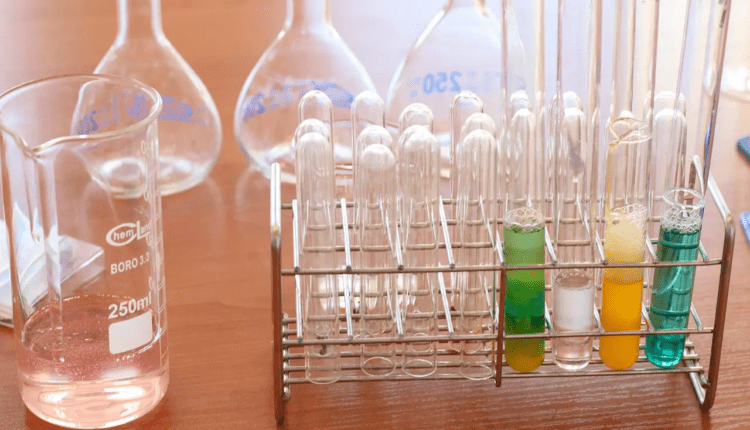Catalysts are chemical substances that speed up a reaction but are not constituents of the reaction products. In this case, the amount of the catalyst, in contrast to the reactants, remains unchanged. In order to speed up the reaction, the catalyst reacts with the starting material, the resulting intermediate, after a series of changes, decomposes into a product and a catalyst. There are two types of catalysts:
- homogeneous (Greek "homogenesis" – "homogeneous")
- heterogeneous (Greek "heterogenesis" – "heterogeneous").
A homogeneous type catalyst can only be in one phase with the reactants, a heterogeneous catalyst creates a separate phase, separated by an interface from the phase where the reactants are located. Homogeneous catalysts include bases and acids. Among the heterogeneous catalysts are metals, their sulfides and oxides. A feature of heterogeneous catalysts is that they have a sufficiently developed surface and, therefore, they must be distributed on an inert support.
Other types of catalysts include oxidation-reduction catalysts, they are characterized by the presence of the so-called transition metal or its compound, for example Co + 3, V2O5 + MoO3. In this catalysis reaction, there is a change in the oxidation state of the transition metal.
Are inhibitors catalysts?
Also among scientists there are endless disputes about whether to recognize the so-called inhibitors as catalysts. With their participation, the rate of a chemical reaction decreases, which gave reason to call inhibitors negative catalysts or acting vice versa. Those who call for the recognition of inhibitors as catalysts rely on the fact that they also affect the rate of a reaction. And their opponents consider the fact that inhibitors are usually consumed during a chemical reaction as an argument in their favor. And the fact that inherently negative catalysis does not exist in nature, and therefore a negative catalyst, too.
Enzymes are living catalysts
Catalysis reactions also take place in living organisms. The role of the catalyst in this case is played by enzymes. Without them, a living organism is simply not viable. They help digest food, purify the blood, carry out protein synthesis. And it was enzymes that helped scientists discover catalytic reactions.
The concept of "synergism"
Synergy – comes from the Greek. "synergy" – which means "cooperation", "assistance". This happens when two types of catalyst are mixed, which will act on the same substance. At the same time, the acceleration of the reaction far exceeds the planned result. Roughly speaking, one + one does not always equal two.
